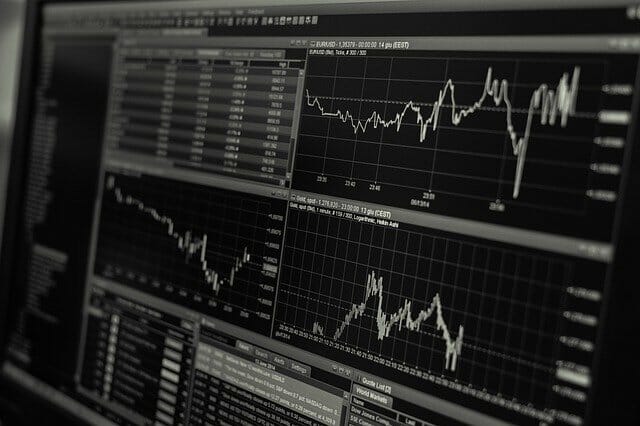The meeting of the Federal Open Market Committee this May concluded with the biggest increase in interest rates in more than two decades.
The US Federal Open Market Committee (FOMC) concluded two days of meetings on Wednesday with the long-awaited announcement of an interest rate hike of 50 basis points, or 0.5%. This is the second of seven rate adjustments planned for this year. In March, the Federal Reserve raised its benchmark interest rate by 25 basis points, or 0.25%, marking the first upward adjustment since 2018.
In a widely publicized question-and-answer session in late March this year, Neel Kashkari, president of the Minneapolis Fed, revealed that there could be as many as seven key rate hikes this year. While potentially not everything is necessary, he explained, the Fed needed to deal with the problem of inflation. “There is a danger of exaggeration. We are going to get information,” he said, quoted by Reuters.
Markets were ready for Wednesday’s rally, which was the biggest since 2000, so we can expect a moderate immediate reaction. Fed Chairman Jerome Powell hinted at a 50 basis point adjustment at a debate hosted by the International Monetary Fund in April.
Christophe Barraud, US top forecaster and strategist, posted on Twitter that the Fed “raises rates 50 BPS, to start runoff June 1 at $47.5B/MTH; (…) expects ‘ongoing’ increases in rates will be appropriate; (…) runoff pace to rise to maximum $95B/MTH after three months.”
Increasing Interest Rates and the fall of BTC Prices
Since the Federal Reserve revealed its plans to start raising interest rates in November, the price of Bitcoin (BTC) has fallen by more than 40%. BTC hovered around $41,000 following the FOMC decision in March. It is now trading at about $39,000.
The FOMC move is an attempt to combat rising inflation, which reached 8.5% in March, the highest in four decades. Many economists have criticized the Fed for being too slow in its fight against inflation, making it prone to overreacting. The Fed has kept interest rates at zero to support the economy during the COVID-19 pandemic, but wrongly ruled out a pick-up in inflation in 2021 as “temporary”. Now, the continuation of the war in Ukraine and the new wave of COVID lockdowns in China have created even greater inflationary pressure around the world.
Some Reactions
In its economic policy statement on Wednesday, the Fed also announced that it will start selling part of its balance sheet of bonds and mortgage-backed securities, the size of which has doubled to $9 trillion since the pandemic began. At best, this will cause a temporary shock to financial markets, but could have longer-term negative effects.
In a speech at the White House early on Wednesday, US President Joe Biden said the Treasury Department will reduce the national debt this quarter, which will also help ease inflation. Treasury Secretary Janet Yellen, speaking at an event hosted by The Wall Street Journal on Wednesday, said she expects continued economic growth this year and a “soft landing” in inflation without slipping into a recession.
By Audy Castaneda











